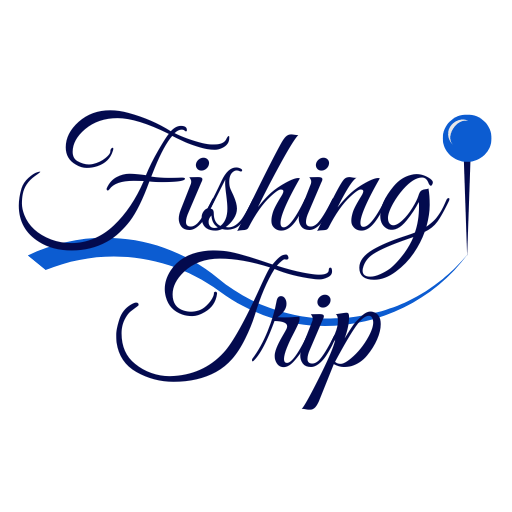Bat Rays (Myliobatis californica) inhabit a range extending from the warm waters of the Gulf of California northward to Yaquina Bay, Oregon along the eastern Pacific coast. They are commonly found in diverse coastal habitats, including the productive waters of Bahia Magdalena in southern Baja California, and the estuarine environments of Arcata Bay and Humboldt Bay in northern California. These rays prefer sandy or muddy bottoms where they can bury themselves during the day, becoming more active at night when they are often lured by scent trails and baited hooks. Anglers frequenting these areas often encounter Bat Rays while fishing for a variety of other species in these rich marine ecosystems.
The Bat Ray has a broad, flat body with wing-like pectoral fins, giving it a bat-like appearance. These rays can reach up to about 1.8 meters in width. They have sharp teeth, which they use to crush the shells of their prey.
Habitat and Distribution: Bat Rays are found in the eastern Pacific Ocean, primarily along the coast from California to the Gulf of California and as far south as Peru. They typically inhabit shallow coastal waters, often in sandy or muddy bottoms, bays, and estuaries. They are commonly found in areas with seagrass beds and coral reefs.
Diet: Bat Rays mainly feed on crustaceans such as crabs, mollusks, and small fish. They use their strong teeth to crush the shells of their prey.
Reproduction: Bat Rays are ovoviviparous, meaning that the eggs hatch inside the mother’s body and the young are born live.
Behavior: Bat Rays are generally peaceful creatures. However, they can have a venomous spine on their tail, which they use for defense if threatened.
Conservation Status: Bat Rays are not considered threatened overall, though they can be locally affected by habitat destruction and pollution. They play an important role in their ecosystem by helping to control the populations of the animals they prey on.
Fishing for Bat Rays: Bat Rays can be caught year-round, but the best times are during the warmer months when they are more active. They are usually found in shallow, calm waters, often near aquatic vegetation. When fishing for Bat Rays, use heavy-duty equipment due to their size and strength. Standard lure rods can be used, and a heavy steel leader is recommended because of their sharp teeth. Use high-quality gear to avoid losing a catch due to inferior equipment.
Largest Bat Ray: The largest recorded Bat Ray was captured off the coast of California, weighing approximately 200 pounds (91 kg). However, such sizes are rare, and most Bat Rays caught are significantly smaller.
Additional Tips: For gear, a heavy rod and reel with a strong drag system are essential. Dyneema or braided line is ideal due to its strength and low stretch. Use single hooks for better penetration and easier unhooking. Be prepared with long-nose pliers, a cloth to cover the ray’s eyes, and all necessary fishing trip gear.
Bat Rays are typically found in the eastern Pacific Ocean, particularly along the coast of California. Key locations include:
Habitat Preferences:
Best Time to Fish:
Fishing Techniques:
Fishing from shore for smaller Bat Rays:
Fishing from a boat for Bat Ray:
Equipment for Large Rays:
Fishing techniques for large Bat Rays:
Fishing tips for Skates:
Conservation:
“The largest ever recorded alligator gar was a 327-pound (148 kg) behemoth that was captured in Mississippi in 2011, David said. But that individual was accidentally caught in a fishing net and so does not count as an IGFA record, he added.”
Source: LiveScience
The best bait for catching Bat Rays:
The bite of a Bat Ray can be distinct and interesting. Here’s what you can expect:
Handle bat rays carefully. Limit the time the fish is out of the water and take necessary precautions with the sharp tail and teeth. If deeply hooked, cut the line close to the mouth rather than removing the hook to prevent injury to the fish.





